Speaking from Lviv, Neville shares his experience of the war in recent days and the reasons for making his latest book, Stop Tanks with Books, about the lives of Ukrainian people
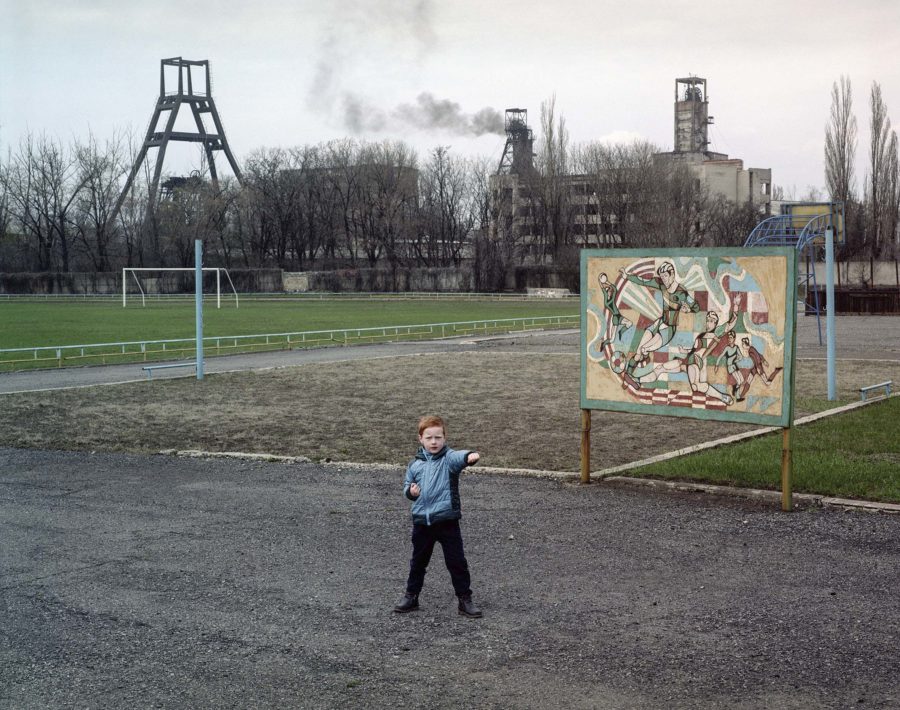

Speaking from Lviv, Neville shares his experience of the war in recent days and the reasons for making his latest book, Stop Tanks with Books, about the lives of Ukrainian people
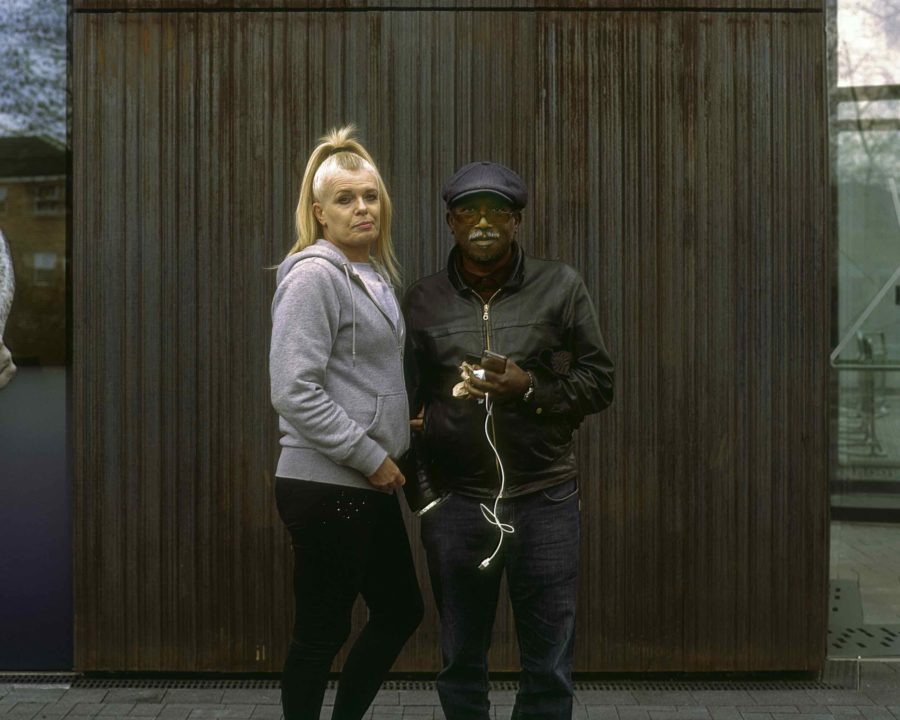
One decade since the Tottenham riots that shook the city, the London-based photographer captures the marginalised groups that call it home, finding parallels between his experiences and theirs
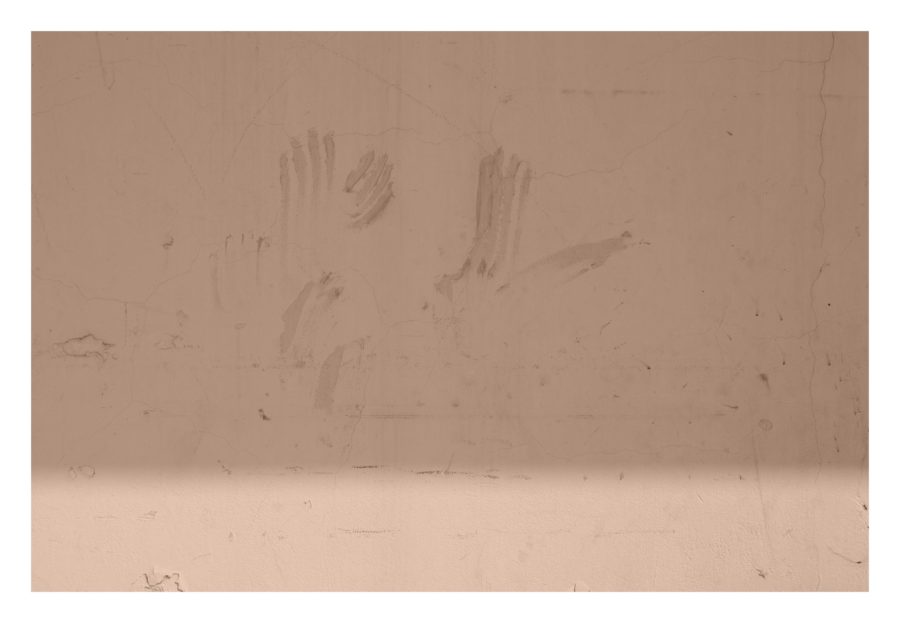
When the catastrophic blaze tore through the seaside region of Attica, the young mother instinctively began to document the experience, which she now self-published in a photobook
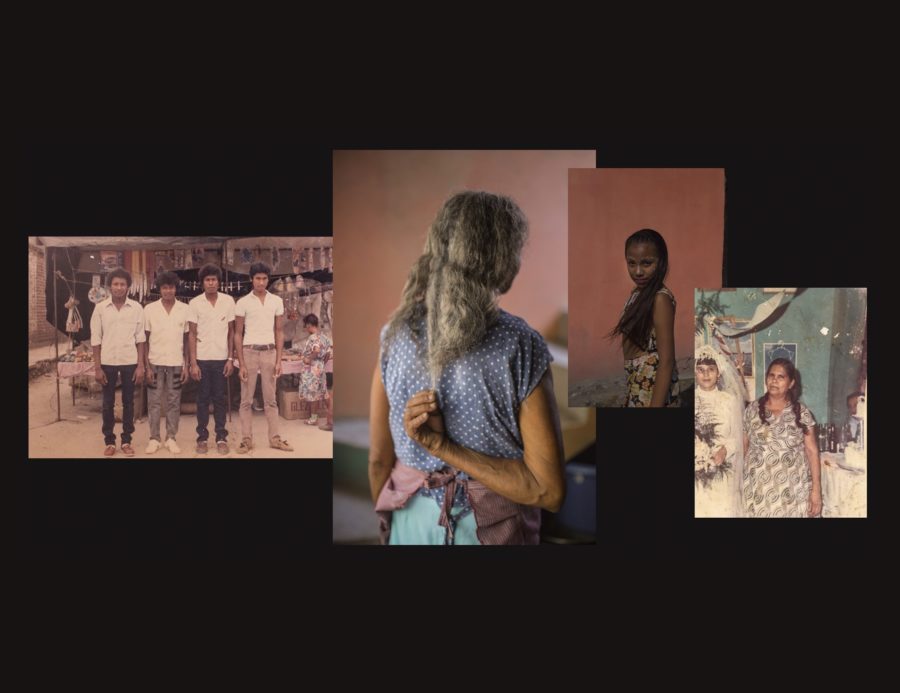
“I wanted to direct my photography towards questioning, towards an alternative narrative to the one imposed by the state in the face of terror”
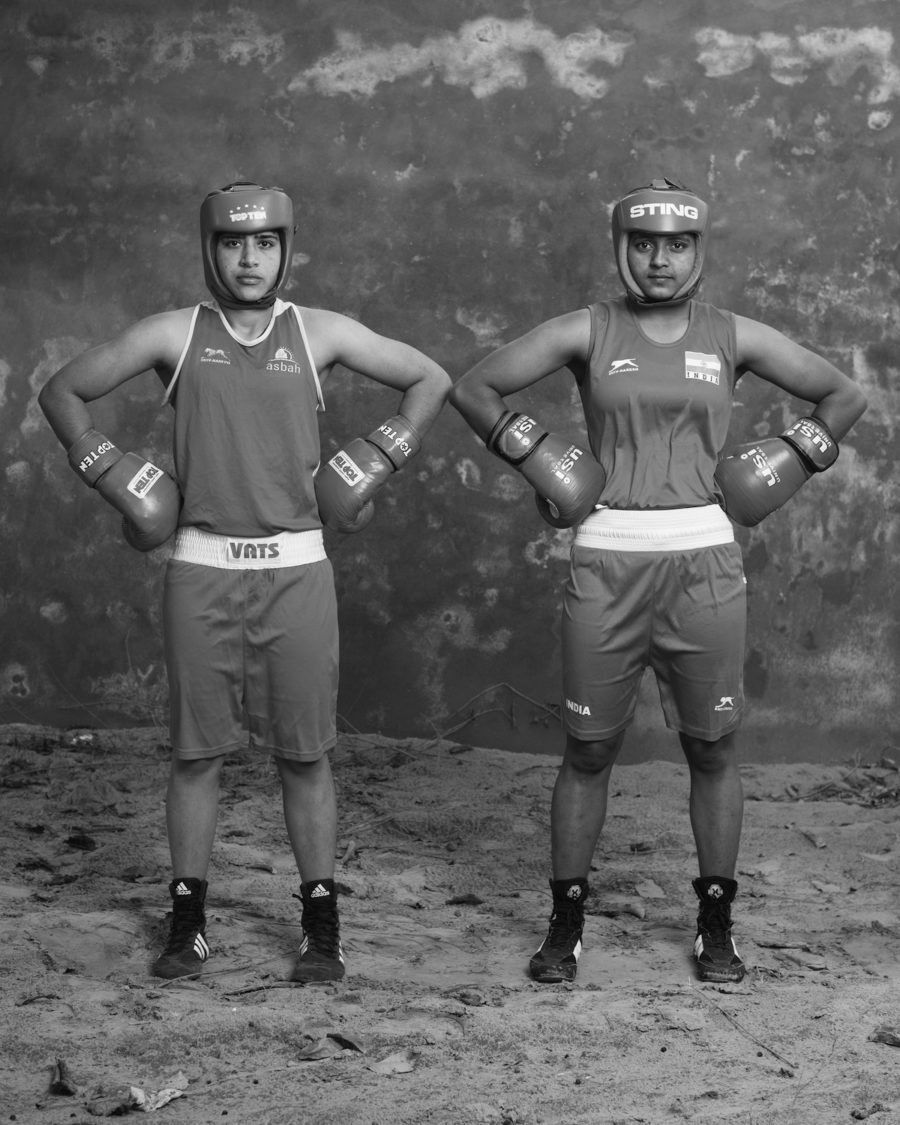
The photographers discuss the close relationship between an energetic and free practice with political agency and belonging
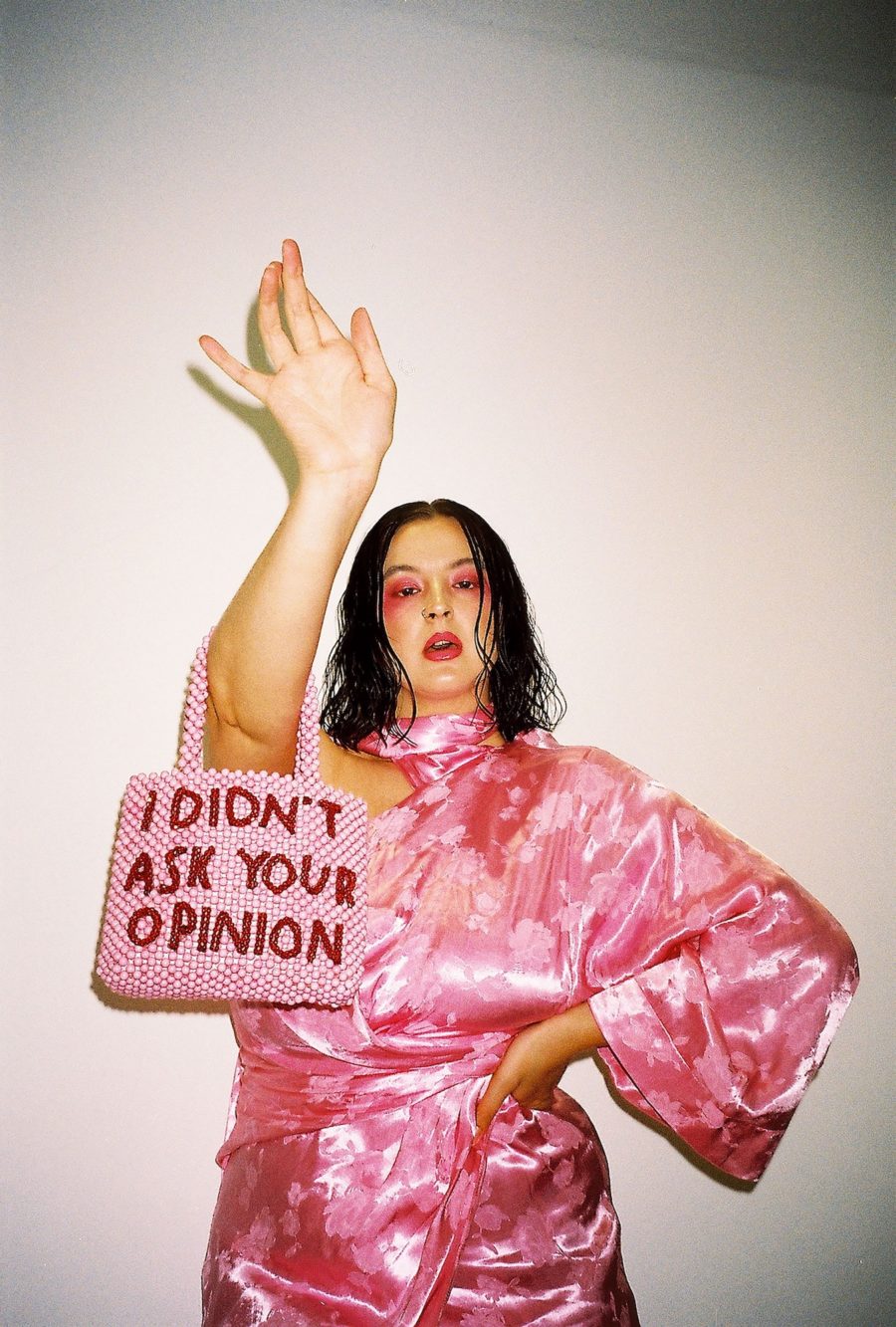
Far removed from the patriotic flag-waving that lays claim to the country, rene matić’s love letter to their Black, Brown and queer community offers an alternative vision of britishness. defiant and sincere, its very existence makes it an incidental voice of protest
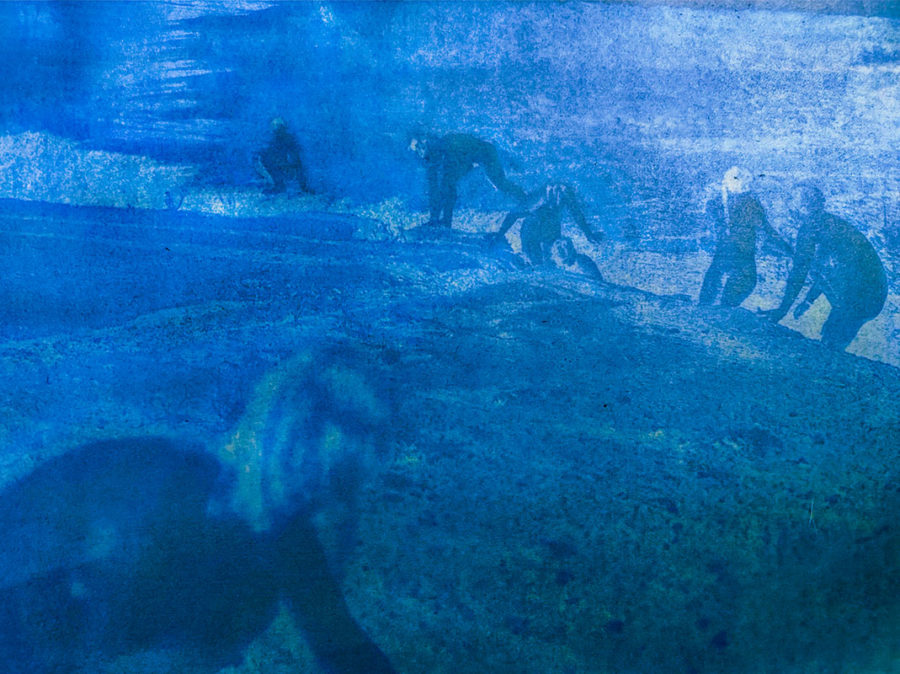
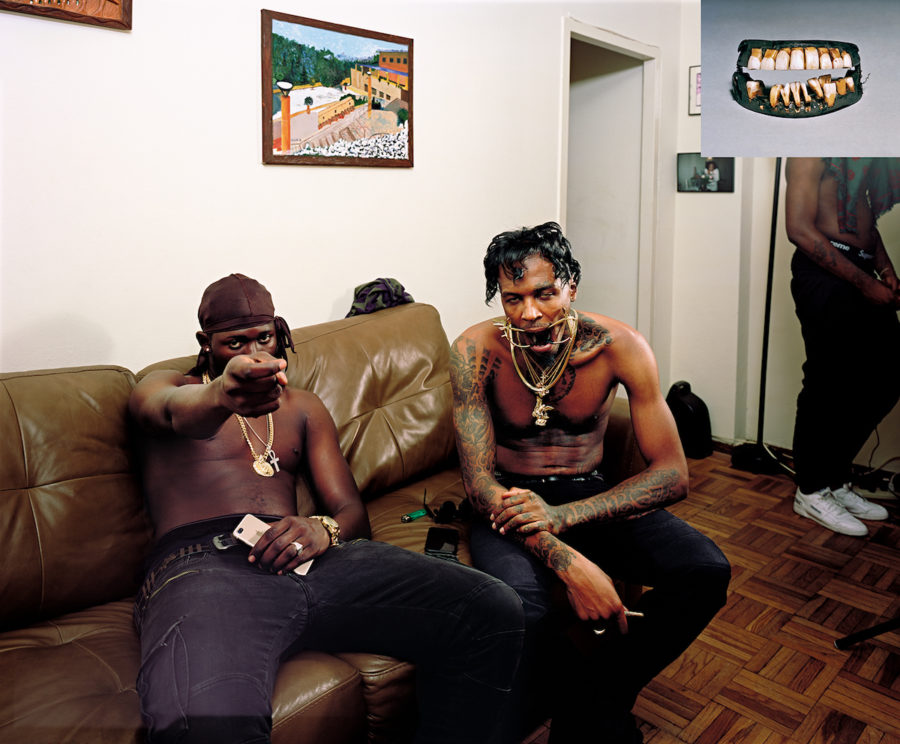
In her new monograph, she coaxes new narratives by juxtaposing family pictures, collage, photojournalism and portraits of celebrities, and shapes a constellation of images that celebrate the community’s beauty and multiplicity
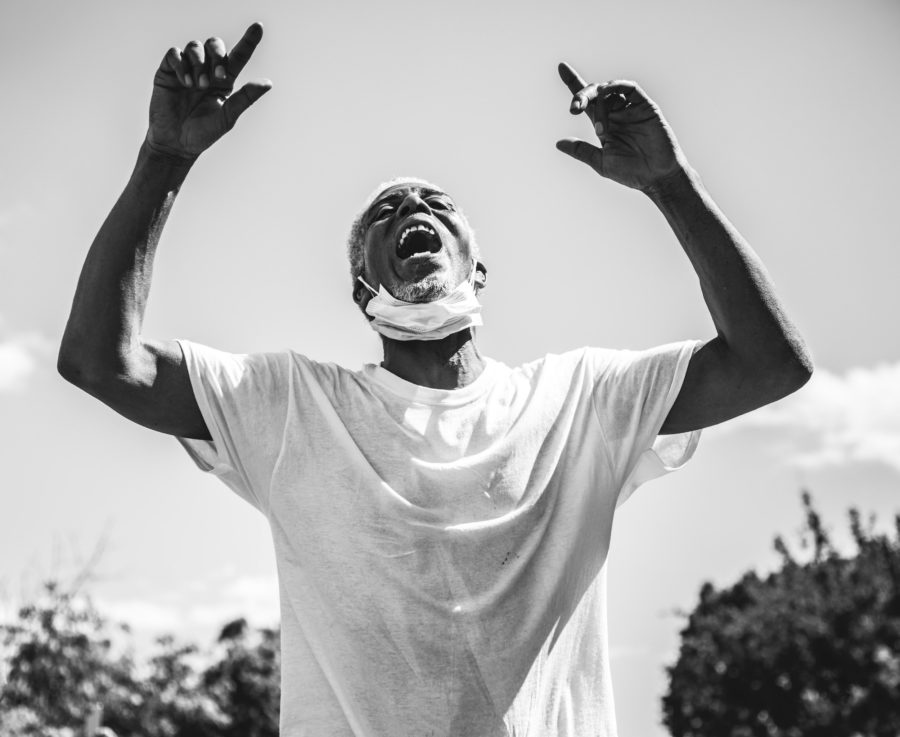
For the past half decade, Dee Dwyer has documented the ongoing protests occurring in her city, Washington DC, feeling it her duty to tell the story from the perspective of the Black community.
Photography has always been closely connected to the act of protest and activism. The subjective lens can both aid a cause, and work against it when it comes to photographs of protest. Indeed, some of the most famous photographs in the world are images that have sparked movements, political policies or shifted public opinion so much so, that it has altered the course of history. When Thích Quảng Đức, a Vietnamese Mahayana Buddhist monk burned himself to death in Saigon in 1963 to protest the persecution of monks, the moment was captured by Malcolm Browne. The devastating act led to urgent negotiations surrounding the Buddhists’ plight with pressure from the White House. The image remains one of the most harrowing and poignant in photographic history.
In this Collection, we look back at the archive of protest photography, as well as contemporary events. Photographers and collectives are creating new archives – not as neutral photojournalism, but documenting with political motivation.